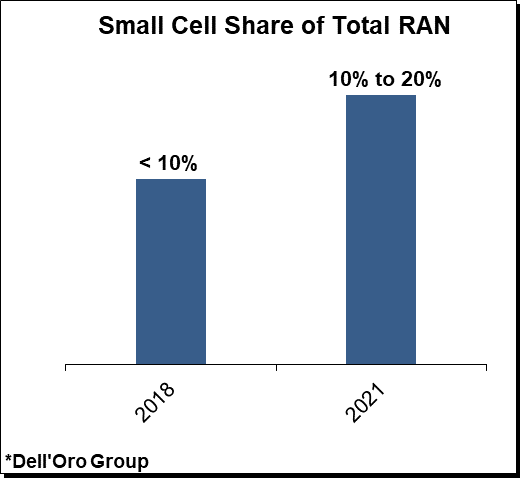Every market and industry has a cycle. In fact, some industries are comprised of many different cycles that, in combination, result in changes to the amplitude and direction of market growth. Among the different cycles that influence the Optical Transport market, I think the best cycle to highlight for 2021 is the Product Cycle.
As you know, the Optical Transport equipment market is a research and development (R&D) intensive industry that goes through a multi-year product cycle, consisting of idea formulation, development, introduction, and main stream deployment. Hence, grand ideas and proof of concepts announced years ago steadily build towards commercialization and main stream adoption over the course of a few years.
So, which phase are we predicting for 2021? I would say that we are moving from the product introduction to the main stream deployment phase in many areas of the Optical Transport market. Therefore, many of our market thoughts for 2021 revolve around the adoption of new products (many of which were first announced over two years ago). The following are a few of our expectations for product adoption in 2021:
Disaggregated WDM system sales will expand beyond data center interconnect (DCI) applications.
Open and disaggregated WDM systems may have been introduced years ago, but the main buyers were hyperscale companies for DCI. Recently, however, the use of these systems have started to expand beyond these Internet content providers (ICPs) and into a broader customer base that includes cable multiple-system operators (MSOs) and telecom operators.
600 Gbps and 800 Gbps-capable line cards will enter main stream adoption.
Although 600 Gbps-capable line cards entered the market over a year ago, the rate of adoption was low for various reasons that included the pandemic. However, we believe the adoption curve for 600 Gbps-capable line cards entered an inflection point and that it is positioned for rapid growth in 2021. At the same time, we believe 800 Gbps-capable line cards will also increase next year, considering the strong shipments so far with only one manufacturer. We anticipate one or two additional vendors will be shipping 800 Gbps-capable line cards in volume next year, increasing the pool of suppliers. All combined, we predict that shipment of 600 and 800 Gbps-capable line cards will more than triple in 2021 and drive much of the capacity expansion in the year.
400 Gbps everywhere.
Although we are projecting a large growth in 600 Gbps and 800 Gbps-capable line cards, we are expecting many (most likely the majority) of those line cards will be used to supply 400 Gbps wavelengths in metro, regional, and long haul networks. That is, we believe the use case for operating line cards at its highest modulation such as 64 QAM will be limited and that the higher usage will be at lower modulations such as 16 QAM and 32 QAM. This is since the lower modulations will offer better performance. In addition, 400ZR is entering the market for use in metro access applications such as DCI. We expect most of these will be in a QSFP-DD form factor in both optical and Ethernet systems. So, by the end of 2021, we predict that 400 Gbps wavelengths will be in heavy demand in all parts of the optical network.
In some ways, we have an optimistic outlook for the Optical Transport market in 2021. Partly, this is because we think it is a critical component in keeping the world connected. But also, we are hopeful that the pandemic that caused hardship in 2020 will be largely behind us in 2021 as COVID-19 vaccines become widely available. We are, of course, concerned that the timeline for returning the world economy to the pre-pandemic levels will take much longer than a year and that, depending on government initiatives, there is a small chance economic recovery in some countries could decelerate next year.


